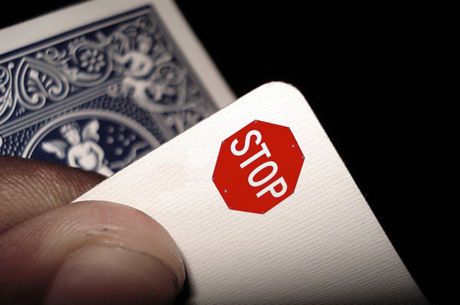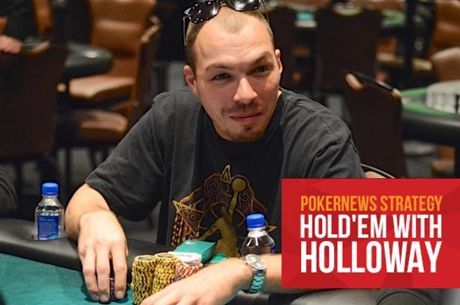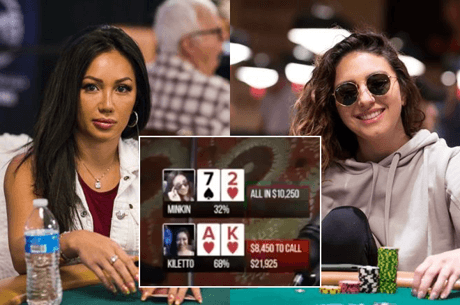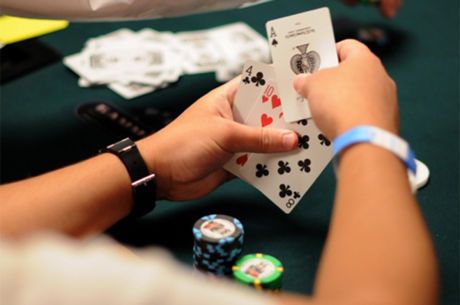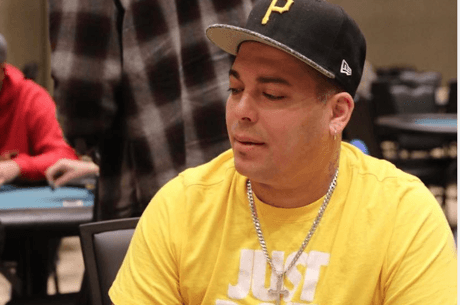Cash Game Strategy vs. Tournament Strategy in Omaha Hi-Lo
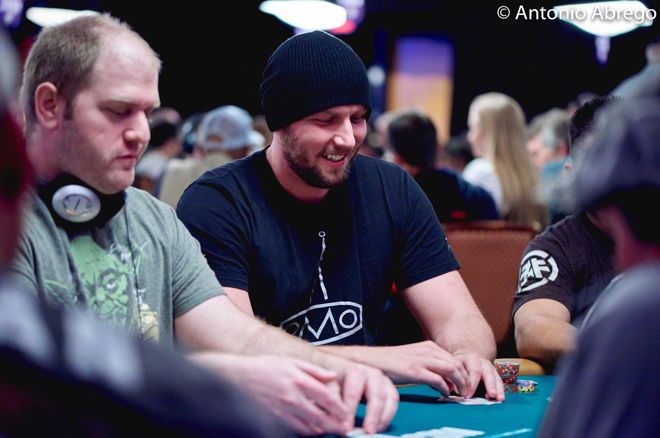
The 2018 World Series of Poker is in the rearview mirror now, but on the horizon are more opportunities for poker players who enjoy games other than no-limit hold'em to compete in large field tournaments.
For example, the World Championship of Online Poker on PokerStars begins in just over two weeks, this time featuring a "tiered" schedule with a variety of buy-ins ranging from "low" to "middle" to "high." There are 182 tournaments altogether in this year's WCOOP, with lots of non-NLHE events peppered throughout in just about every discipline there is.
Brandon Shack-Harris has plenty of experience succeeding in non-NLHE events. He's picked up a couple of bracelets in pot-limit Omaha tournaments among his many cashes at the WSOP, many of which have come in fixed-limit events like seven-card stud hi-lo, razz, Omaha hi-lo, and mixed-game formats.
This summer Shack-Harris spoke with our [Removed:139] about tournament strategy in fixed-limit events like Omaha hi-lo.
The strategy talk begins a couple of minutes into the video below, with Shack-Harris discussing the biggest mistake Omaha hi-lo cash game players make when transitioning to tournaments. His advice also applies more generally to the difference between cash game strategy and tournament strategy.
"I think the biggest mistake is maybe playing your hands too fast, overvaluing hands," he begins. For example, "a lot of times it's correct to push your equity in multi-way spots," but in tournaments "you might want to look for spots to do a conservative check... because you only have one life [in a tournament] and that's important."
From there Platt and Shack-Harris note how such advice may not necessarily apply quite as directly during the early levels when the stacks are deep. There you can sometimes play more of a "cash game" strategy, especially in fixed-limit games like Omaha Hi-Lo where you aren't in danger of losing your stack in a single hand (like in no-limit hold'em).
The pair also discuss bubble strategy in Omaha Hi-Lo tournaments, where again there's a difference between fixed-limit and no-limit games.
"Usually when you get closer to bubble time, average stack tends to be around 10 bets," explains Shack-Harris, "so you're kind of handcuffed a little bit, but you're still... looking for people who are being conservative with their stack to kind of bully."
The pair also talk about bluffing opportunities in Omaha hi-lo when the river card comes and no low hand is possible. Take a look:
The Stars Group owns a majority shareholding in iBus Media.

